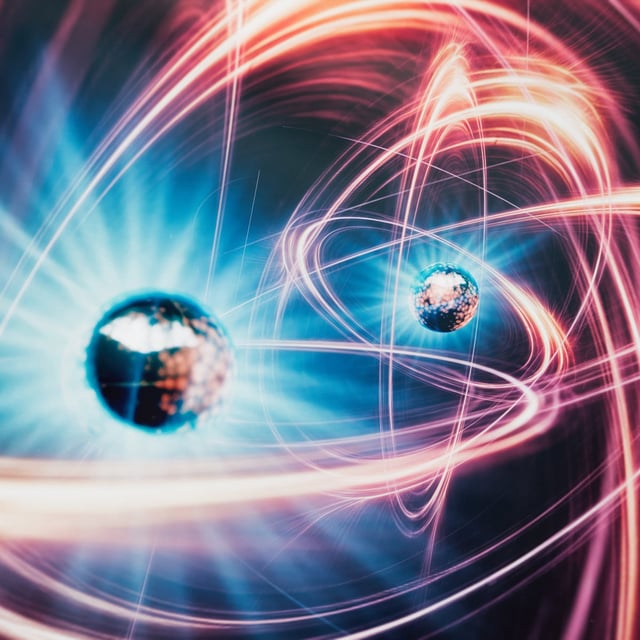Overview
- The Muon g−2 collaboration at Fermilab concluded its run with more than twice the data of 2023, achieving a precision of 127 parts per billion in measuring the muon’s anomalous magnetic moment.
- Lattice quantum chromodynamics computations of the hadronic vacuum polarization term were performed from first principles, bringing theoretical predictions into agreement with the experimental result.
- The alignment of experiment and theory resolves a 25-year gap between measurements and Standard Model forecasts, validating the prevailing theory of particle physics.
- Conflicting input from Russia’s CMD-3 experiment remains unexplained, prompting urgent efforts to reconcile its data with older electron–positron collision measurements.
- Teams will pursue further lattice QCD refinements and future muon studies at facilities such as Japan Proton Accelerator Research Complex to probe remaining uncertainties.

